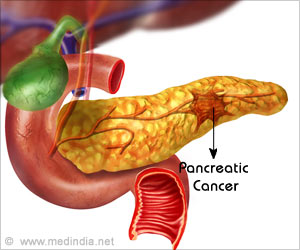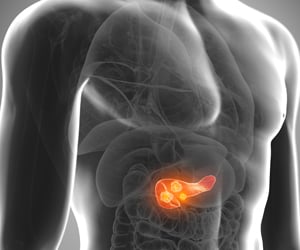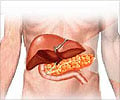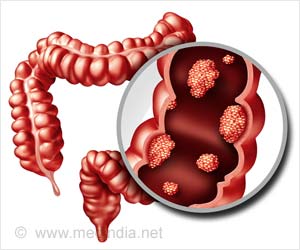Less toxic, longer-lived combination drug therapy that blocks the formation of microtubules fights pancreatic cancer, one of the most lethal types of cancer.
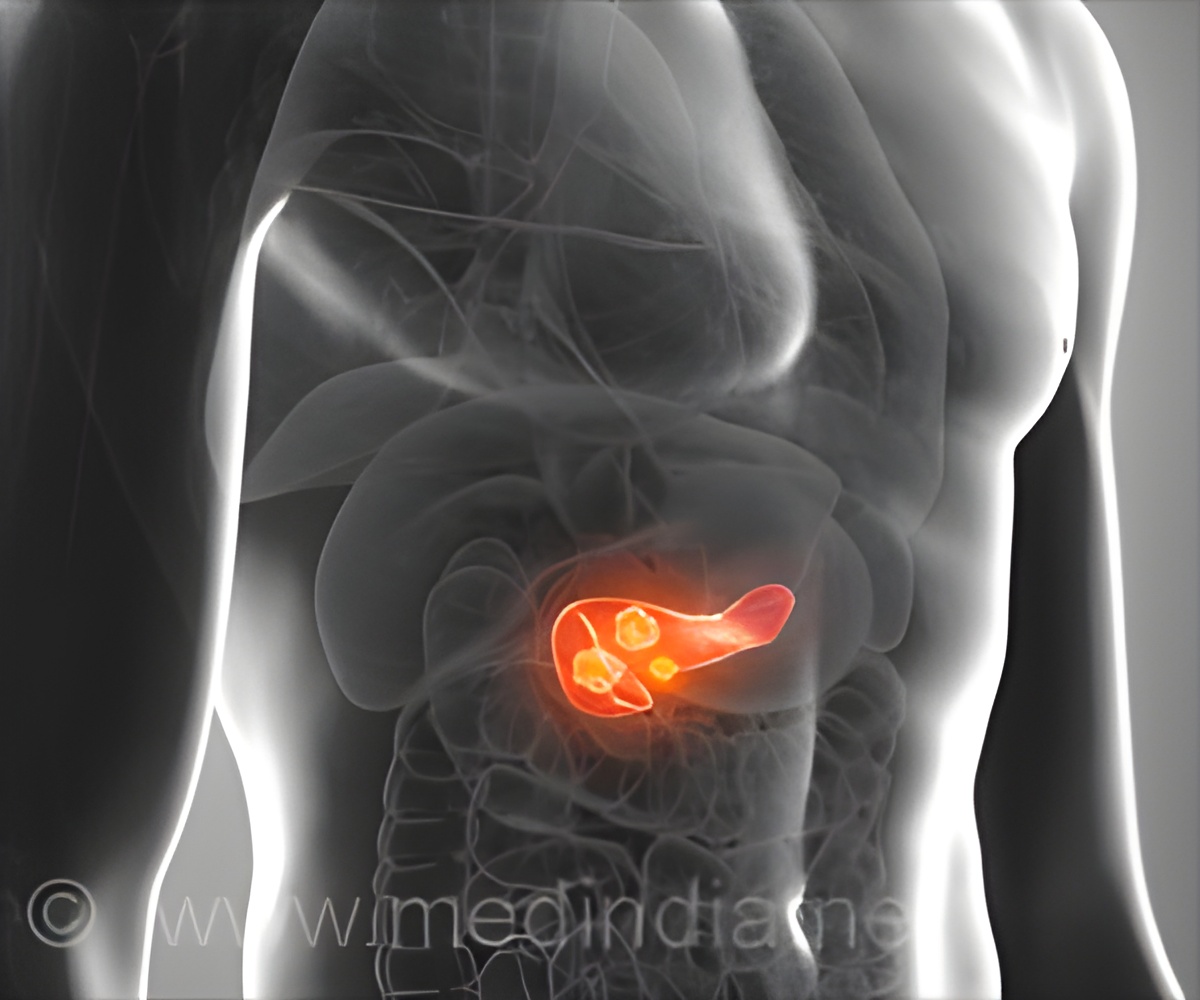
‘Combination drug therapy that is less toxic but lasts longer acts as microtubule inhibitors, making pancreatic tumors shrink.’
Read More..




"That's one reason why pancreatic cancer is one of the most lethal types of cancer," says Kenneth Olive, PhD, associate professor of medicine and pathology & cell biology at Columbia University Vagelos College of Physicians and Surgeons and a pancreatic cancer researcher at the Herbert Irving Comprehensive Cancer Center.Read More..
"Pancreatic tumors recruit a thick layer of connective tissue called stroma that hardens the tumor and acts like a shield," says Olive, whose previous research first uncovered how the stroma makes it difficult for chemotherapy drugs to reach malignant cells. "As a result, most chemotherapy drugs can't build up to the levels needed to be effective."
To Olive, that suggests, paradoxically, a longer-lived--but less toxic--drug may work better.
"For a pancreatic cancer drug to be effective, it needs to stick around long enough to seep past the stroma and accumulate in the tumor. But if it is going to persist for a long time in the blood, it can't be as toxic to the rest of the body," he says.
Testing a New Drug Combination
Advertisement
Based on those studies, Olive, Eberle-Singh, and their collaborators tested PTC596 in combination with gemcitabine (a first-line drug for pancreatic cancer) in genetically engineered mice with an aggressive form of pancreatic cancer that is generally resistant to chemotherapy.
Advertisement
They also tested PTC596 in combination with gemcitabine and another drug commonly used to treat pancreatic cancer, nab-paclitaxel, using human pancreatic tumors grown in mice. This combination further enhanced efficacy, making the tumors shrink outright.
"Based on the drug's safety profile and our own findings, there's a good rationale for testing PTC596 in combination with standard therapy in patients with pancreatic cancer," says Olive.
Microtubule Breakdown
Olive's team also discovered that PTC596 blocks the formation of microtubules--a network of proteins involved in cell division and transport of nutrients within the cell. He demonstrated that PTC596 may act synergistically with nab-paclitaxel, another microtubule-binding agent.
"Combining different microtubule inhibitors has the potential to play an important role in the future of oncology, as there are many agents that each impact microtubules in different ways that could produce synergy," Olive says.
Source-Eurekalert



